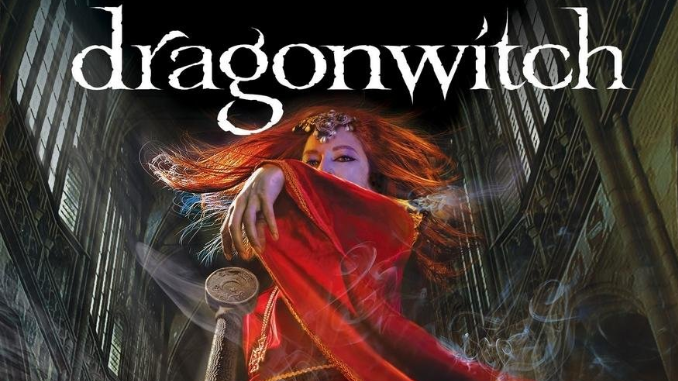
Also by this author: Golden Daughter, Shadow Hand, Starflower, Moonblood, Veiled Rose, Heartless, Fallen Star: A Short Story of Goldstone Wood, Draven's Light
Series: Tales of Goldstone Wood #5
Published by Bethany House on July 2013
Genres: Fiction, Christian, Fantasy
Buy on Amazon
Goodreads

Submissive to her father’s will, Lady Leta of Aiven travels far to meet a prospective husband she neither knows nor loves–Lord Alistair, future king of the North Country.
But within the walls of Gaheris Castle, all is not right. Vicious night terrors plague Lord Alistair to the brink of insanity. Whispers rise from the family crypt. The reclusive castle Chronicler, Leta’s tutor and friend, possesses a secret so dangerous it could cost his life and topple the North Country into civil war.
And far away in a hidden kingdom, a fire burns atop the Temple of the Sacred Flame. Acolytes and priestesses serve their goddess to the limits of their lives and deaths. No one is safe while the Dragonwitch searches for the sword that slew her twice…and for the one person who can wield it.
I have a confession. I dislike fantasy novels. Especially Christian fantasy novels. Well, let me clarify. Because of the popularity of the Lord of the Rings (and Hobbit) movie franchises as well as the enduring power of The Chronicles of Narnia, the majority of Christian fantasy novels reads like a LotR meets TCoN fanfic. Allegory is overdone, imagery is overwrought, characters are stereotyped, plot devices are tropes…basically, even with the whole realm of fantasy out there and available, Christian fantasy has, by and large, stuck to a few basic things. And in the light of their predecessors, Tolkien and Lewis, the stories they build are dim, dull, and uninteresting.
And with that as a preface, let me begin my review. Dragonwitch by Anne Elisabeth Stengl is the fifth book in the Tales of Goldstone Wood, a series connected mostly by location and universe, rather than character. Although this was the first of Stengl’s book I had read, there was no trouble jumping into the story. Each book is written as a standalone novel, though, like most fantasy novels, you have to give yourself the first fifty pages to familiarizing yourself with the world you’re in.
The primary plot, at first, revolves around the earldom of Gaheris and Alistair, heir to the throne. It is assumed that once his uncle passes and the throne goes to Alistair, the whole of the North Country will unite as one and crown Alistair king. The earl of Aiven has sent his daughter, Leta, to Gaheris in order to court Alistair and become the eventual queen of the North Country. In the middle of this is the Chronicler, a misshapen dwarf of a man whose responsibility is to handle all the recordkeeping and correspondence of Gaheris. How he fits into the tale, you shall have to read to see…
The secondary plot, which intertwines with the primary at around the novel’s midpoint, is told in the most beautiful language, evoking the tone of lore and legend. It tells the story of a Faerie princess who loses her parents and brother to an unspeakable evil and then is spurned by her love.
How do these fit? I would love to tell you, because the way Stengl works her words is magical. But you are better off to read them for yourself. From plot to characterization to theme, Stengl breathes a breath of fresh air into a stale genre. I’m not a fan of Christian fantasy, but I’ll make an exception for Stengl. I’m also clearing out a shelf for the rest of her books, which—if you must excuse me—I am going to purchase now.
Review addendum: I originally wrote this review a little over a month ago. Over the past month, I completely immersed myself in Stengl’s world. Now, having read all six (thus far released) novels, I feel like I can say with confidence that this is one of the best fantasy series of all time.




Be the first to comment